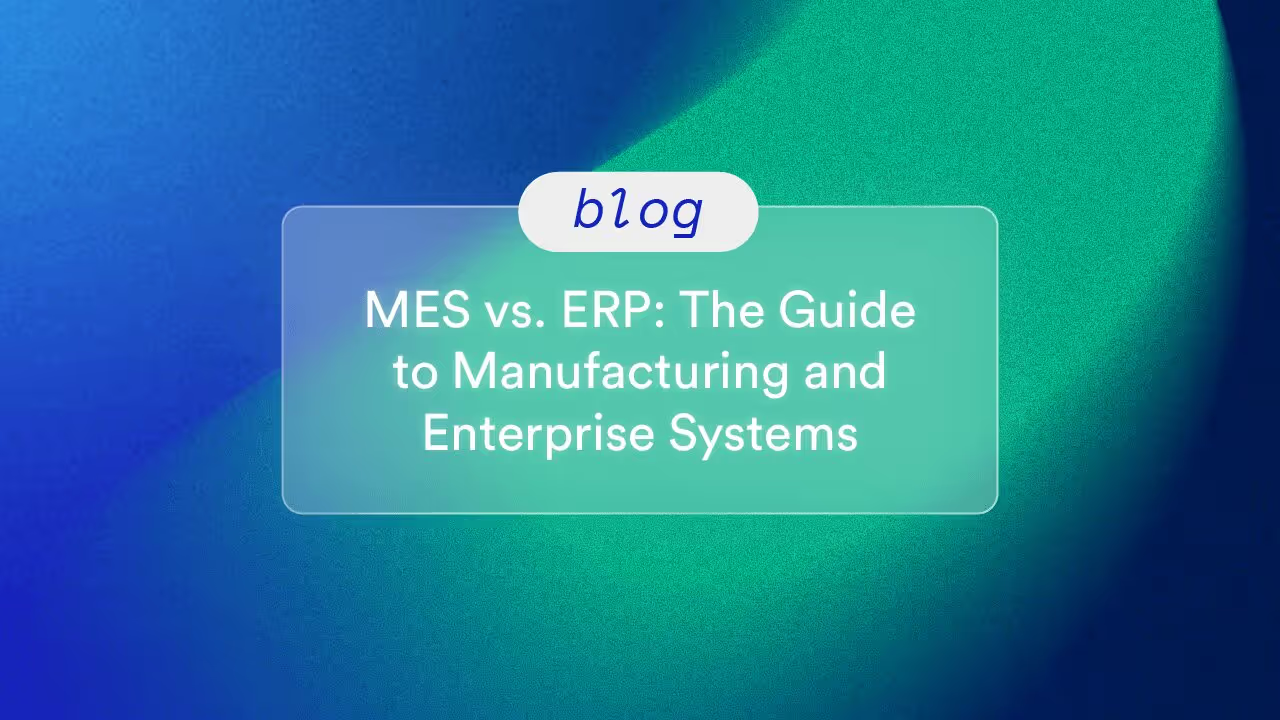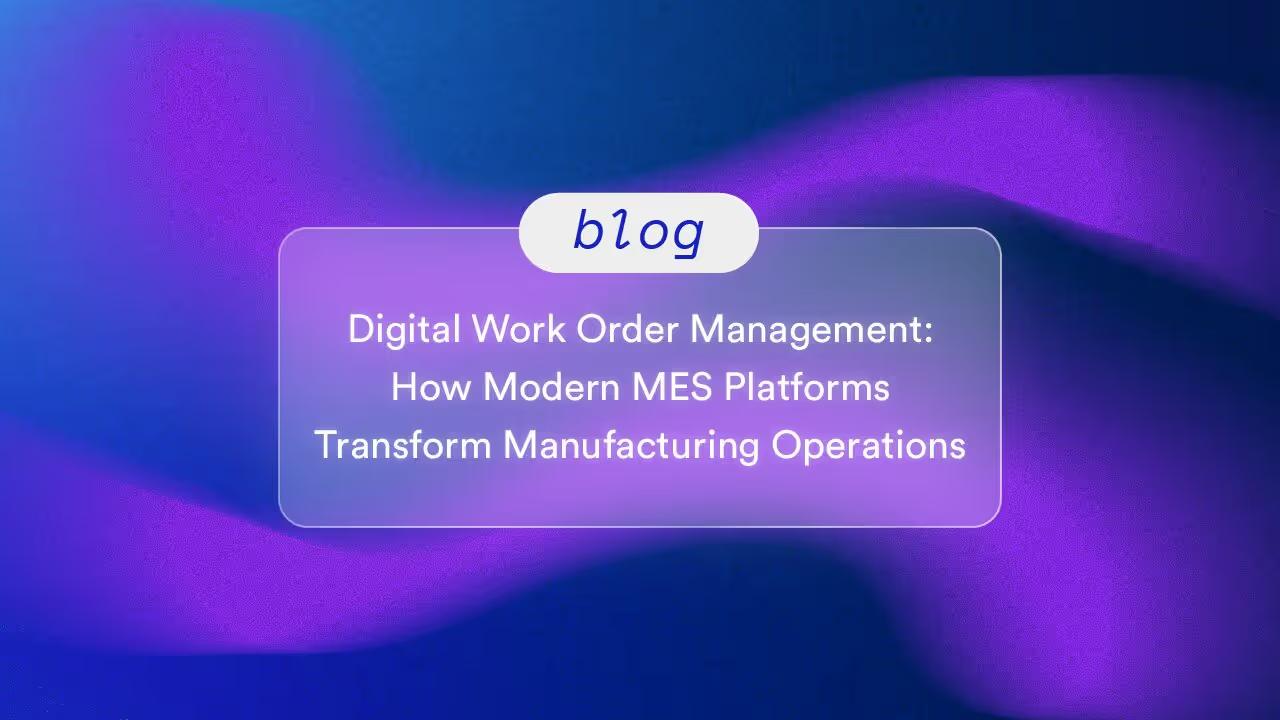How Connected Manufacturing Helps Companies Achieve Sustainability

As people become more aware of the impacts of climate change, consumers increasingly expect the companies they buy from to reduce their carbon footprint and environmental impact. It’s no longer enough to merely commit to sustainability – consumers recognize the difference between words and real action.
Sustainability goals don’t need to conflict with business goals. They can be complementary. Beyond delivering on customer expectations, manufacturers can save money and increase efficiency by reducing waste, which, in turn, increases their bottom line.

The Forces Driving Change in Manufacturing
Sustainable manufacturing seems daunting because it requires transformation across the entire industry. Manufacturing processes currently account for approximately one-third of the world’s energy usage, leading to substantial costs for manufacturers, which are expected to grow as global energy prices increase. As a result, renewable energy is becoming more attractive — and more affordable.
Many consumers are making gradual changes to purchasing behavior, such as cutting back on single-use plastics, which creates opportunities for brands to update their packaging to more sustainable materials. Proposed regulatory changes also may mean manufacturers need to address their processes and material use sooner than later. Countries are setting ambitious carbon neutrality goals, which could increase the pressure for manufacturing businesses to commit to reducing energy use, cutting emissions, and decreasing waste. Energy efficiency improvements in manufacturing are often required by licensing authorities at the start of operations or upon review and may become more important as countries aim to meet net-zero goals.
Due to increased consumer demand for sustainable products, ethical sourcing practices in manufacturing will likely gain more attention. For example, BMW Group, Ford, Microsoft, and Tiffany & Co. all monitor their mineral supply chains through membership in the Initiative for Responsible Mining Assurance (IRMA), which assesses industrial mines to verify whether they adhere to standards for business integrity, social responsibility, and environmental performance. Consumers expect transparency about sourcing practices and will make purchasing decisions based on this information.
In the past few years, more manufacturers have been exploring reshoring, or bringing their operations back to the U.S. from overseas to be closer to buyers. COVID-19 has further highlighted the need for more locally-focused sourcing to weather potential supply chain disruptions, with backups at ports, shipping delays, and increased freight costs. Reshoring also benefits sustainability initiatives by giving companies the ability to reduce pollution and fuel consumption from ocean transportation, all while growing the bottom line. By deploying an MES that gives full visibility across their supply chain, companies can more easily track and measure the impact reshoring and nearshoring have on their sustainability goals.

How Connected Manufacturing Empowers Companies to Boost Sustainability and Their Bottom Line
While manufacturers are making improvements in sustainability, they are also targeting expansion and other business goals, which means companies need tools that will allow them to accomplish multiple objectives. Digital transformation and lean processes in manufacturing have already enabled higher productivity, safer workplaces, and lower costs. Automation with digital technology provides greater visibility into production processes, including utility consumption, and waste creation. Utilizing this data allows companies to optimize production and improve performance to cut energy loads while reducing material and water waste.
By tracking individual materials, component parts, and finished products, manufacturers can enhance product quality and reduce tampering. Added visibility from technological advancements through connected manufacturing opens the door for improved sustainability practices because manufacturers gain clear insight into operational baselines. Once this data is leveraged, companies can highlight progress with their market narratives to display their positive impacts and improve transparency.
Companies that neglect to improve sustainability within their processes could fall behind in the market and potentially lose customers. Manufacturers that prepare to embrace the shift toward more environmentally conscious processes will uncover new opportunities for innovation — from new technology applications to increased business viability and success.
To learn more about how digitalization can help with sustainability goals, contact Parsec today.
FAQs
Related Blog Posts


Let’s Build Your Plan
We’ll help you create the right configuration—today and for the future.












